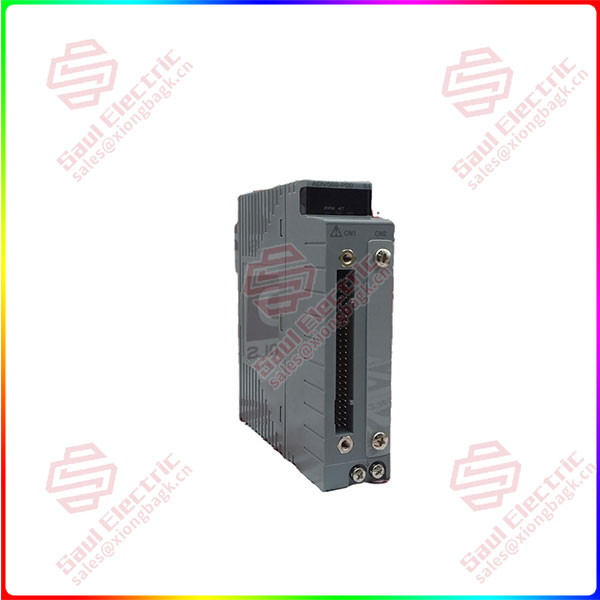AI worker
The interesting thing to see from the competition is that AI is also facing competitive pressure as a worker.
First Financial learned that in the Suzhou factory, there is a production line that has cooperated with TE AI Cup for two consecutive sessions. In 2022, the Soochow University team and TE engineers jointly developed a self-feedback speed regulation system based on artificial intelligence, named AI pin speed automatic adjustment and anti-impact project, the system takes into account automatic speed regulation algorithm, algorithm universality, algorithm improvement to avoid equipment impact, etc., which can help factories improve the speed value of equipment under the premise of ensuring the quality of equipment operation. During the competition test, the system was piloted in TE Industrial’s Suzhou plant for three months, successfully increasing the plant’s assembly equipment productivity by about 10%.
In 2023, in the same production line, the team of Fengjia University and TE engineers developed a system to avoid equipment collision through the monitoring of the needle insertion process. Through AI data analysis, real-time monitoring of the machine is achieved to achieve predictive maintenance, further avoiding crashes in the production process.
But there is still room for optimization, with TE engineers saying they “expect to increase productivity to 25 percent next year.”

ADV569-P00
In addition to innovation, solutions that attract factories to try and improve should be fully validated, meet the requirements of stability, do not affect the speed and yield of the production process, and be easy to operate when used. After all, the production line of digital transformation is likely to cover more than one product, and may produce different batches of products with some differences.
So is this year’s hot big model expected to “enter the factory”?
“We keep an eye on the development of larger models.” TE Connectivity global operations automation manufacturing technology team senior expert engineer and China University of Mining and Technology master tutor Zhou Lei told the first finance and economics, the difficulty of the application is to go to the industrial field of vertical class, industry customization is more, will involve different material numbers, in the data tuning is not easy, “Today the device may be compatible with 10 parts, tomorrow I may have to switch twice, and the data is actually more difficult to collect.” In addition, because it will also involve information security and other issues, for factories with high accuracy requirements, it is not obvious that it can play a role in actual production.
But he fully recognizes AIGC’s ability, “We have a lot of training and photos of good products, so now we use AIGC to generate some photos of bad products to help the system identify and determine.” Last year’s winning team from the University of Sonora in Mexico won first prize for developing an algorithm-based ‘defective image synthesizer’, an area where large models clearly hold promise. First Financial learned that this year’s competition program, in addition to involving visual inspection, production and efficiency improvement, production and capacity planning, but also extended to sales forecasting, supply chain management and other fields. The expansion of these areas will also be the opportunity for future large models. “The scheduling of future production can be arranged by receiving an instruction, which is very much expected.” Zhou Lei said.
 1 Year Warranty
1 Year Warranty





